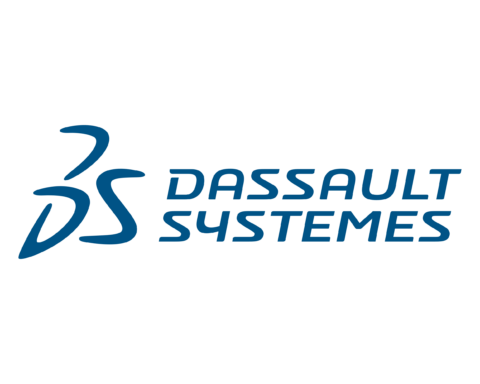Xerox India Managing Director Rajat Jain has outlined his expectations from the upcoming union budget.
With the new government taking charge of the country, this year’s Union Budget is the most anticipated. So far, reactions of the market and investors have predictably been most affirmative. Foreign capital flows renewed enthusiastically and business sentiment has turned positive after several months. Correct policies will help the investment rate to grow from 30% to 36% of GDP through faster approvals and implementation of industrial, infrastructure projects and FDI. If this sustains over a period of time we can expect the GDP to shoot up from the current 4.7% to over 6-7%.
Industry analysts and news report suggests that the Union Budget will focus on reducing the tax burden, be it for an individual or for corporates and businesses & at the same time reduce Government subsidies in some sectors like oil, gas etc. This translates to a price hike in some critical commodities. While there are critics, however this will certainly improve India as an investment destination as well as promote Indian industries and create more jobs. Pertaining to our industry, wherein we import our products and equipment, we would look at reduction in import duties and taxes. Goods and Services Tax (GST) is going to be a landmark reform in the field of indirect taxation and would be beneficial for the economy. Demand for the end-product can happen only when there are lower excise duties. Today in consumer durables, VAT (value-added tax) is at 12.5 per cent and excise duty at 12 per cent. If these rates come down it will make durables more affordable.
Over the years, since the introduction of MRP based valuation in respect of IT products, the duties on IT products have increased even though the MRP abatement percentage for IT products has remained at 20%. The current rates of excise duty, sales tax, and other operating costs like logistics costs and dealer margins, take the total post manufacturing costs over and above the abatement percentage in respect to IT products. In view of this condition, the abatement percentage is expected to be enhanced in the upcoming Union Budget. Inconsistency in VAT rates for same goods in different states provides undue hardships for the manufacturer while calculating different rates for states. This difference in rates causes a diversion of trade discrimination and free flow of trade within the country. We are hopeful of the CST Act getting amended to specify ‘All ITA bound goods” to be ‘declared goods’ under the section 14 of the CST Act so that these goods attract uniform rate of VAT of 5% across states. This ensures that same goods are not subject to a different rate of CAT and safe-guard against diversion of trade.
With measures such as the amendment of Foreign Trade Policies and focus on sectors like insurance, banking and power as well the reduction of MAT rates to 10% demonstrates the intent toward the a positive change of the Indian economy. Overall, I see the much needed focus on infrastructure growth and financial inclusion with the promotion of electronic manufacturing hubs as well as FDI in important sectors such as defense. The stress on urban and rural development and education will undoubtedly remain unabated, with fresh allocations in this sector along with special focus on skills development, and incubation of innovation envisioned by the new government.
Look forward to how the new government’s vision of making India a more robust economic entity.








